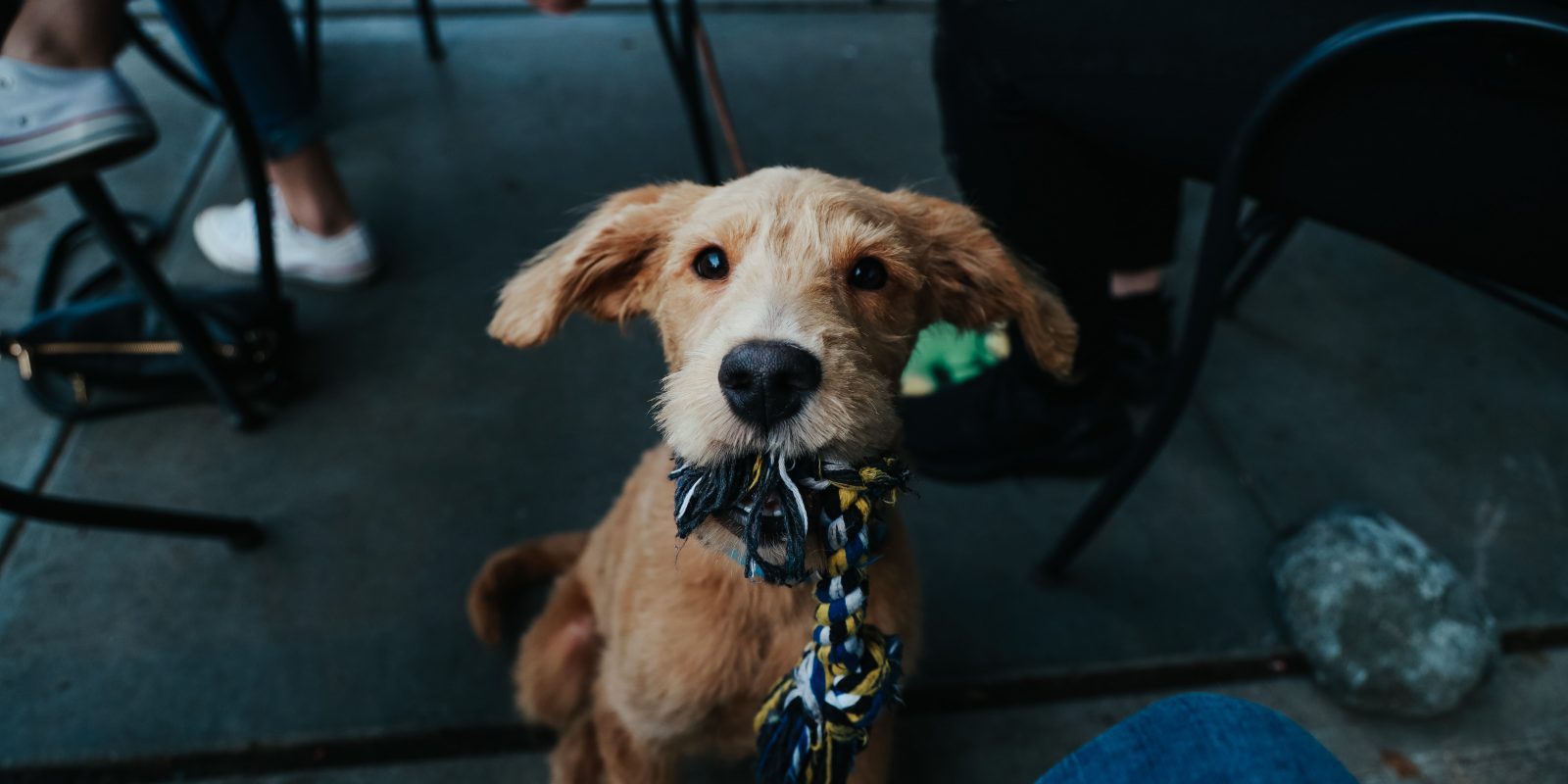What is patellar luxation?
The patella (also known as the knee cap) rests in a groove in the femur bone. As the knee bends back and forth, the patella is able to slide up and down along this groove. The groove is designed to keep the patella in place so it is only able to travel up and down. When the groove the patella rests in is too shallow, the patella can luxate side to side which is abnormal. This is called patellar luxation. Dogs can be born with patellar luxation or they can acquire it after trauma. Patellar luxation predisposes your dog to arthritis as they get older.
How will my dog be diagnosed?
City Dog Vets will perform a thorough physical exam of your dog and assess their hind limbs. If we find patellar luxation, we will grade each patella based on the criteria below. This will help us determine the best course of treatment for your dog.
- Grade 1: The patella can be moved out of place, but immediately goes back into place on its own.
- Grade 2: The patella luxates out of place when the knee bends but returns to a normal position when the knee is extended.
- Grade 3: The patella is permanently luxated out of place but can be moved back into place with manipulation.
- Grade 4: The patella is permanently luxated out of place and cannot be moved back into place.
What are the symptoms of patellar luxation?
Due to the many grades of patellar luxation, the symptoms of it can vary dramatically. In milder forms, you may notice your dog skip a step or kick out a leg when they are running. You might also be able to feel a popping sensation if you move your dogs’ hind leg. In more severe forms, your dog my limp constantly and be in pain. They may have a hard time climbing stairs or be slow to get up from a laying position.
How is patellar luxation treated?
Patellar luxation predisposes dogs to arthritis over time. The goal of treatment for patellar luxation is to slow the progression of arthritis and decrease your dog’s pain. Severe grades may require surgery or your dog could develop constant pain and be unable to walk. Lower grades will focus on management of the disease. We may recommend a weight reduction to decrease pressure on your dog’s joints, daily low impact exercise to maintain your dog’s flexibility and muscle strength, and medications or supplements to help combat arthritis progression.

